Going on a Trash Diet
Dear Readers,
Shelby and I are going on a diet. Not with calories, but with our consumption of single-use packaging and disposal items – in other words, a trash diet. And we’re hoping to find ways to make it permanent, and not too inconvenient. Attempting to reduce our production of trash is one of those things that at first glance, doesn’t seem too difficult. Then you start thinking about it every time you throw something in the trash can… and it becomes daunting, fast. You really have no idea how much you throw away until you’re trying to stop! And it’s not like an addiction that one needs rehab for or anything, it’s a product of our society. It is the way we all do things, and it is the way things are made. There are sooooooo many trinkets, doodads, and wrappings that we literally only use ONE time, and then send to a landfill. However, with some dedication and a little more attention to such things, you can start to reduce your landfill-footprint on the planet, one doodad at a time. In this blog, I am going to share a little bit about how we have started doing it.
We had gone to an inspirational friend’s house one day and had some conversations about her trashcan. I suppose these aren’t typical conversations one has with their friends, but her trashcan was particularly interesting. It was small. Really small. It was a paper lunch bag, and it had been lasting her several weeks at that point. “Heck yeah!” we said, “we would love to do that too! But how?” She had many good tips, and it all comes down to the basic principle we learned in elementary school: Reduce, Reuse, Recycle. Essentially, if an item is not going to end up as trash (or compost), it has to fall into one of those categories . Those categories are also listed in that order for a reason, in order of environmental impact. The amount of energy and effort used to recycle something (rinsing, transporting, sorting, washing, melting, and molding) is more than what would be used to simply reuse that item (wash and refill). And to reduce the need on that item obviously reduces the energy related to its life cycle. However, any of these choices are obviously better than using that item only ONE time, because the amount of energy needed to make that item again from scratch is far greater.
So how have Shelby and I started to move the things we buy and use from the “trash” category into a “reduce, reuse, recycle” category? Well, you can start with some obvious “old-fashioned” techniques that existed before single-use items became so prominent. Use a handkerchief instead of tissues, cloth napkins instead of paper ones, real dishes instead of disposable ones, a pocket-knife toothpick instead of wooden ones, etc. I actually currently use all of these methods when I can and honestly, regardless of the fact that there’s no trash involved, I prefer them. I can blow my nose into a handkerchief without it falling apart (and keep it in my pocket during the cold-seasons), cloth napkins don’t tear after wiping your fingers on them, and real dishes are obviously much nicer.
Since we now live in a high consumerism society (and ‘old-fashioned’ techniques are shunned because it means you are not buying as many things), the next step to attempting to reduce your trash is to consider exactly what it is you are buying, and where you are buying it from. We’ll start with one of the most common places we get our trash: the grocery store.
The grocery store is where we shop the most, and although I have some alternatives that I will mention a little later, we have not been able to completely stop shopping at our grocery store for many things, mainly food. While doing our routine shopping trips, we now try (we’re human too, and obviously forget sometimes) to look for items that have less packaging, have packaging that can be recycled, or think of ways in which we can make that item ourselves. For example, we try to buy snacks that come in just one box or bag, rather than individual wrappers. Or, when craving a bottle of lemonade, we remind ourselves that we could make that at home with some sugar, water, and lemons. And of course, at the end of the shopping trip, we like to use our sturdy cloth grocery bags that we try to remember to bring in with us.
Reusable shopping bags! Which we sometimes forget…
Labels to look for
Occasionally, another great way to do our typical grocery shopping, is to go to a local farmer’s market. We can usually get a majority of our fresh produce there, without any wrappers at all! And, as a bonus, we are also supporting our local businesses while we do it! Sometimes, you can even get goods there that come in reusable containers. Our local farmer’s market sells milk in glass jars that you can bring back and they will wash them and refill them for the next customer.
After you feel as though you’ve exhausted those measures, and you can no longer reduce the amount of trash from your grocery shopping, there are some online stores that we have been testing out that sell more trash-less items than can typically be found locally. Ideally, this mindset will grow in our local communities, and we eventually won’t have to rely on the constant postal delivery of our goods; but for now, some of these online stores are great alternatives.
The Loop Store has become a favorite of mine. Loop allows you to order some items you may usually get at the grocery store, but ships them in completely waste-free packaging. They have partnered with some of the biggest names you see on your grocery store shelves to make products and packaging that you’re sure to love. Some of the items we have tried out from them so far include: some snacks, laundry detergent, dishwasher pods, a fancy toothbrush, a razor set, and shampoo and conditioner. Everything comes in its own reusable container which you must put a ‘down deposit’ on, including the box itself that the postal person handles (called the Loop Tote). When you are done with the items or they are empty, you place them back inside the Loop Tote and set a pickup time for the postal person. Loop will then give you your deposits back on the containers when they receive them. Alternatively, if you order more things from Loop, then you can simply leave the Loop Tote with its empty containers outside your stoop with the pickup label on it (comes with the Tote), and the postal person will grab it while he/she delivers your new Loop Tote. Everything on their (currently small) store is a little expensive and comes with the added expense of that container deposit; but everything on their store is also top-quality. The snacks are delicious, the laundry detergent is plant-based, our dishes have never been cleaner, and I’ve never thought “man I love this toothbrush…” before while brushing my teeth.
Our Loop Tote!
Bagle Chips sent by Loop
Laundry Detergent sent by Loop
William’s fancy toothbrush, courtesy of Loop!
Another online store we have tried recently is called Package Free. This store was actually launched by Lauren Singer who started the blog Trash is for Tossers; she is a great inspiration on what she calls a “Zero Waste lifestyle” and has a LOT of advice for how to reduce your trash. Package Free has a decent variety of items that can replace your disposable things, and everything they ship comes in either entirely compostable or recyclable materials – no plastic wrappings. We have tried out a reusable and washable ear swab (I know, sounds gross, but it’s actually awesome) called the Last Swab, some natural toothtablets by Georganics, and Shelby got some reusable feminine products including a washable cotton pad (I’m sure she will tell you more about this).
Our Package Free box with…no plastic packaging!!
Natural Tooth Tablets
Our reusable ear swab
Shelby’s reusable pads
A lot of these products may be a little more expensive than you may be used to because they are usually replacing something that you used to buy all the time, and because a lot of the products and stores are new. As with anything new, you may pay a little more for it, but if we want this mindset to become mainstream, we need to support what these groups are doing! For example, Loop really does not have enough on their website to completely replace your grocery store, but they have more items in the works (like deodorant). AND Loop even mentions that they are partnering with grocery stores! If we continue to buy from Loop, it will show their partners that their trash-free products are in demand, and they will make more of them. Imagine being able to buy all of these awesome products without the trash, right down the road.
There are several other places online that you can find some amazing products that come with a trash-free mindset. These and the aforementioned websites are listed below. Feel free to take a look at all of them! Obviously, some of them create or sell similar products, so it’s up to you to decide which ones you’d like to use. This list below is also definitely not complete and if you know of any others that we should be adding, please message us or comment below so we can add them!
- Loop Store
- Package Free
- Last Object
- Georganics
- Etee
- Public Goods
- Grove Collaborative
- Blueland
- Reel
- The Earthling Co.
- Who Gives a Crap
Thanks for reading!
William
2 Comments
Submit a Comment
© 2020 Sustaining Tree
© 2020 Sustaining Tree

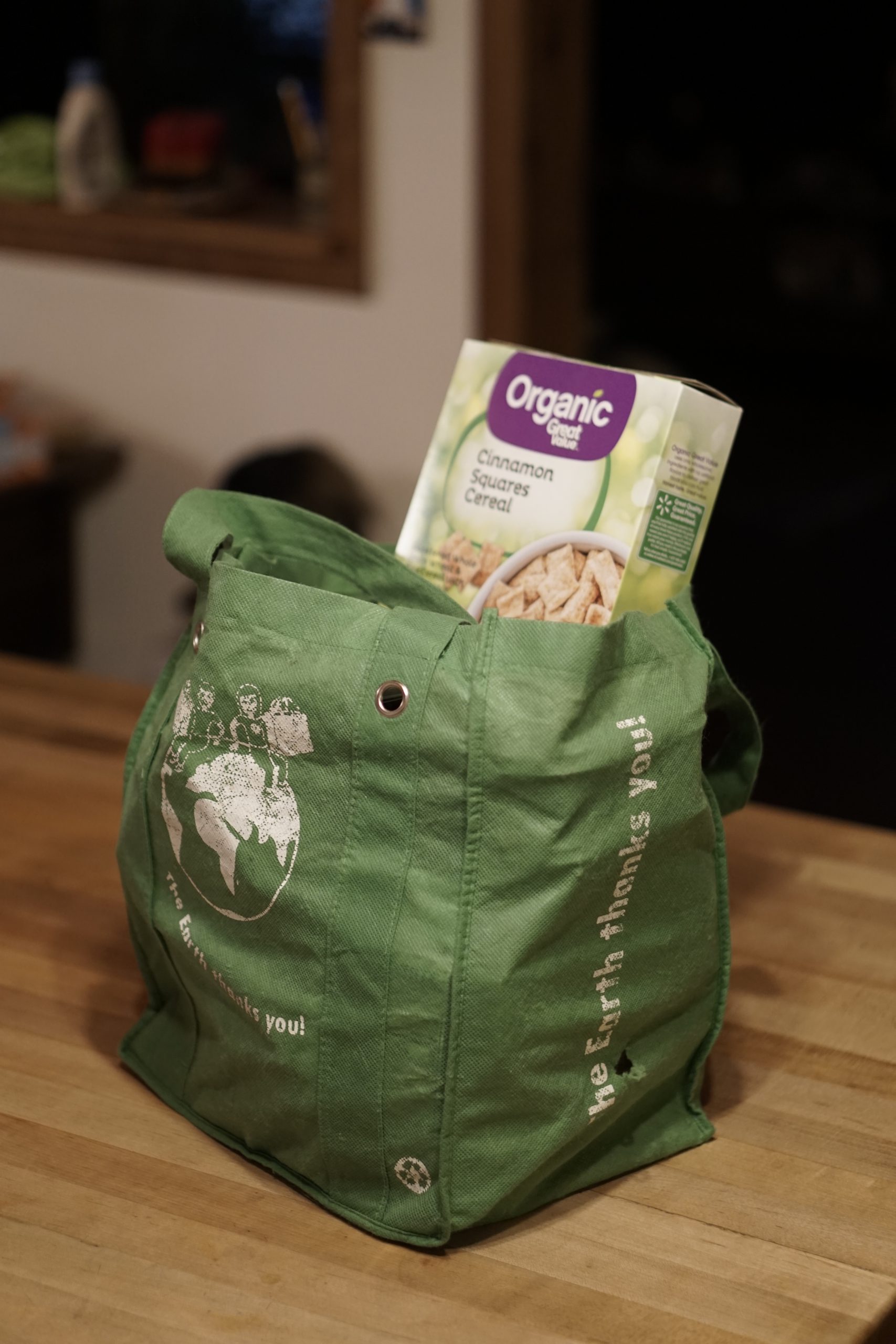
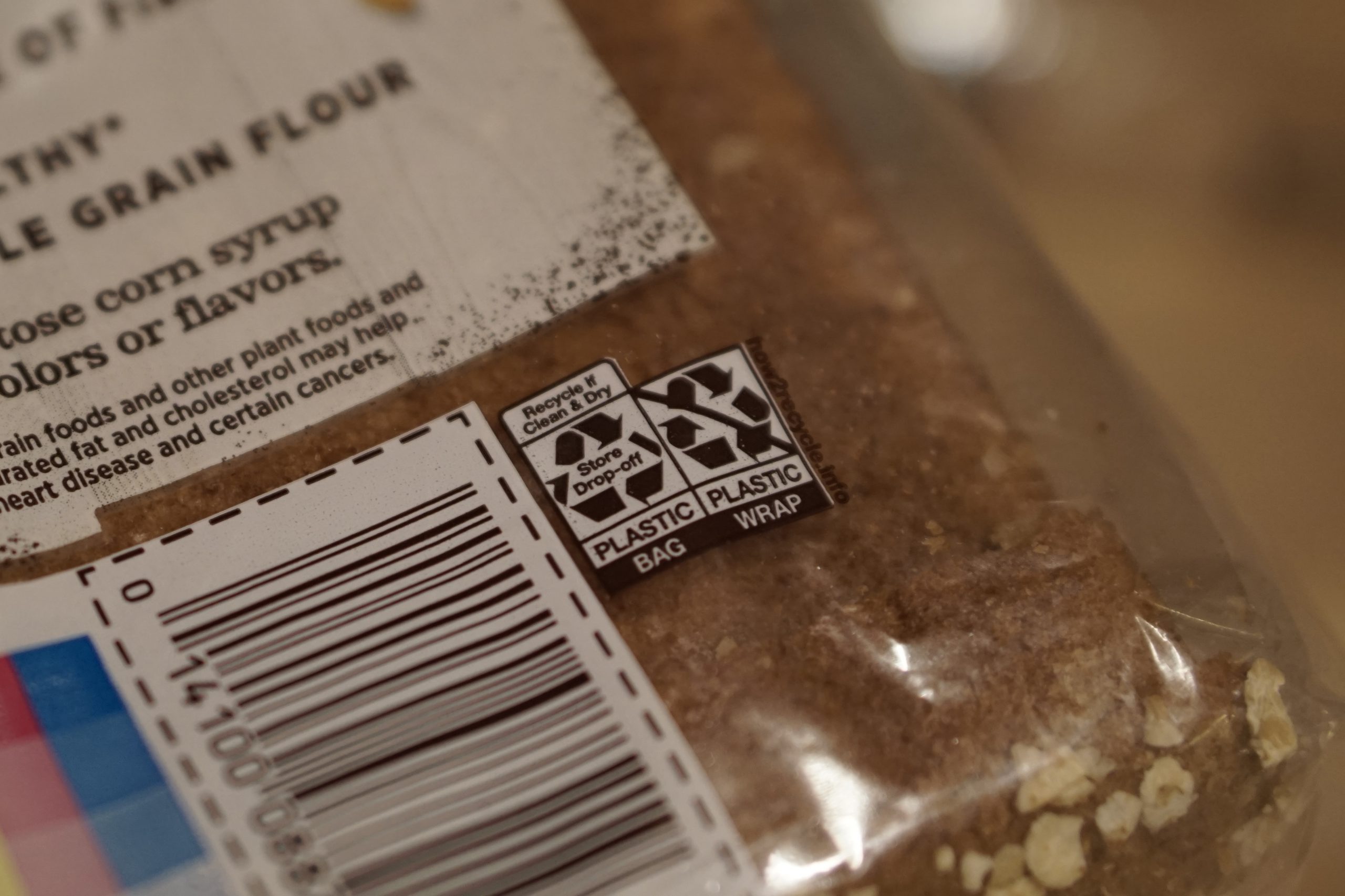
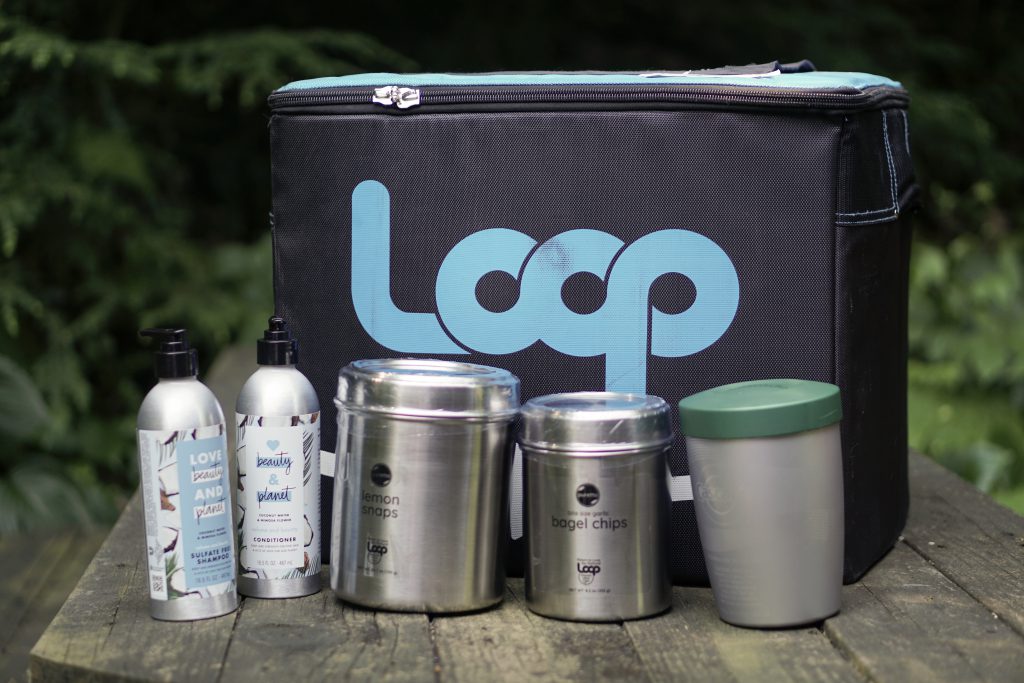
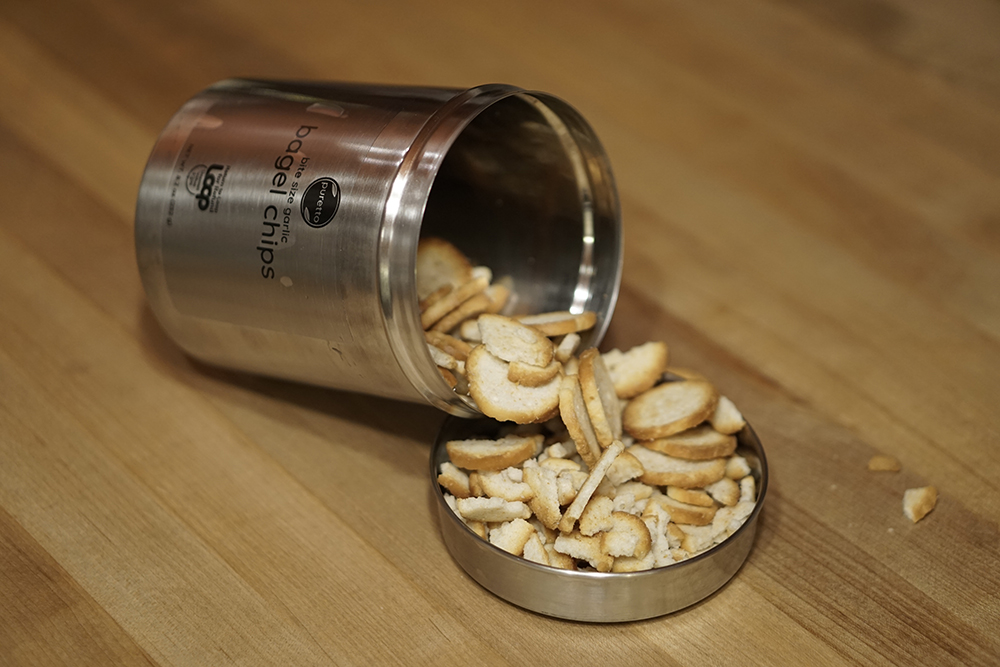
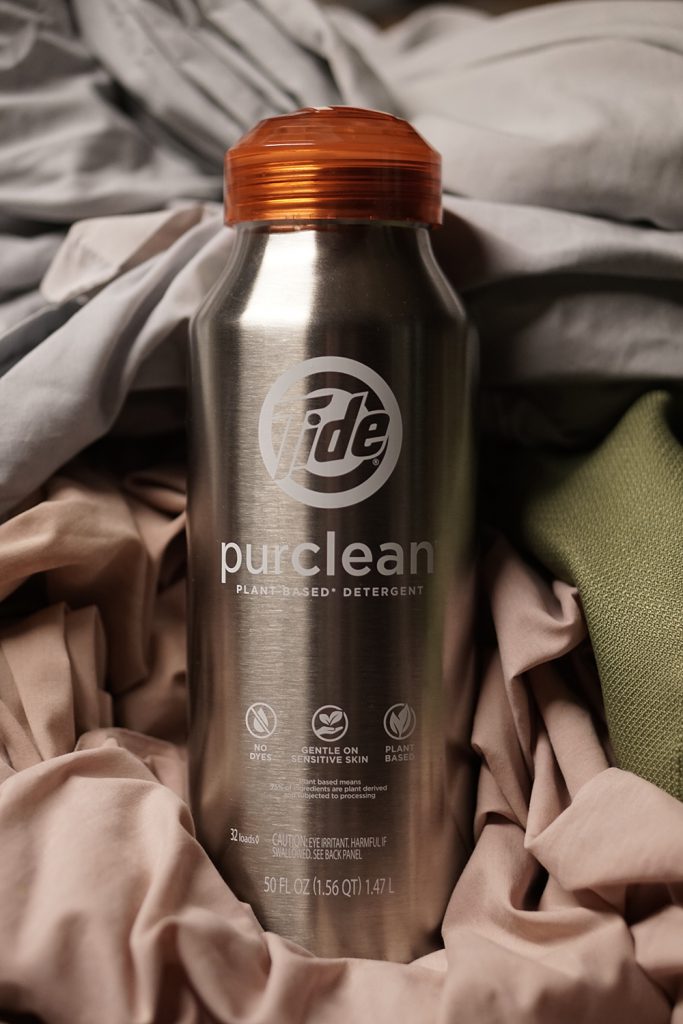
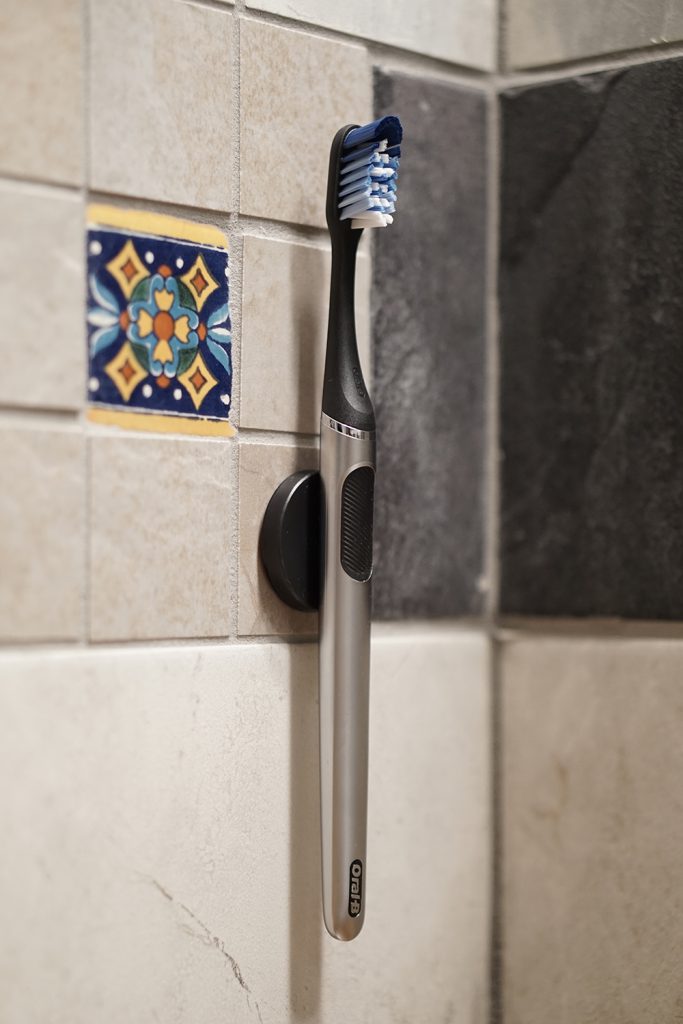
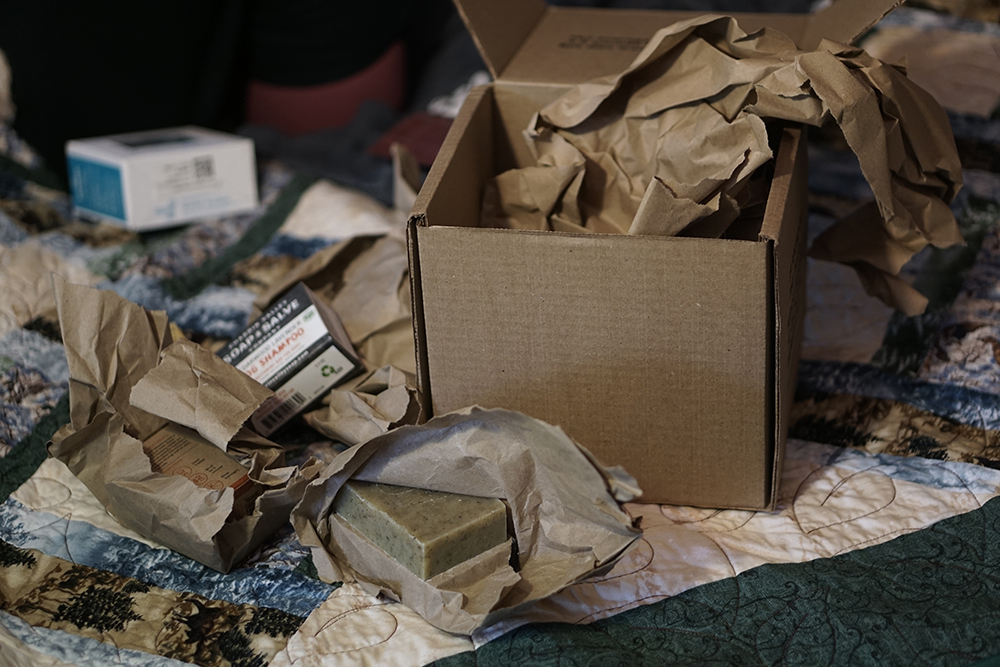
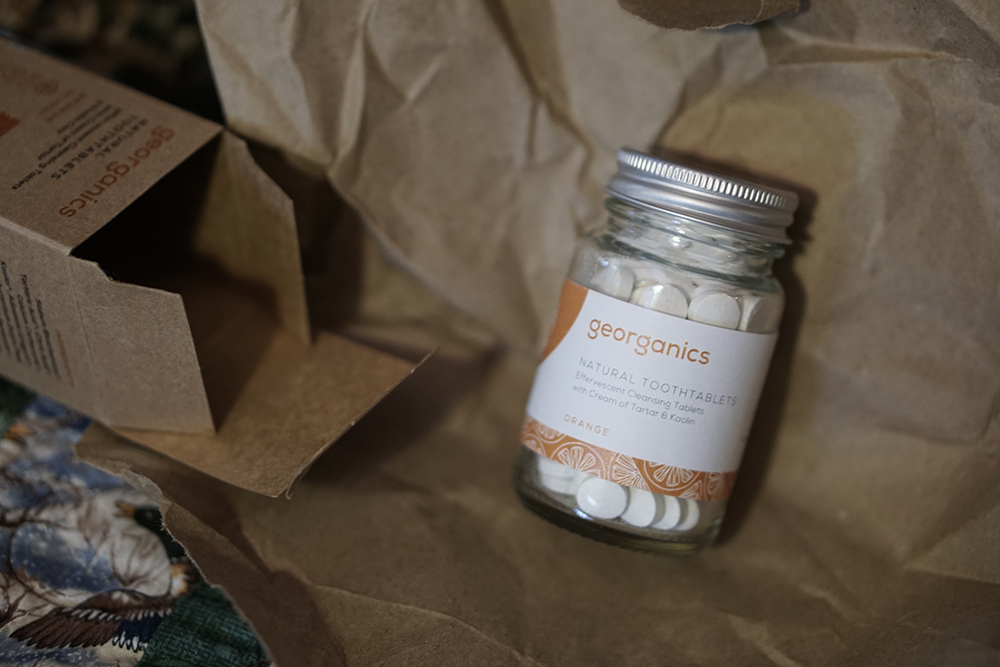
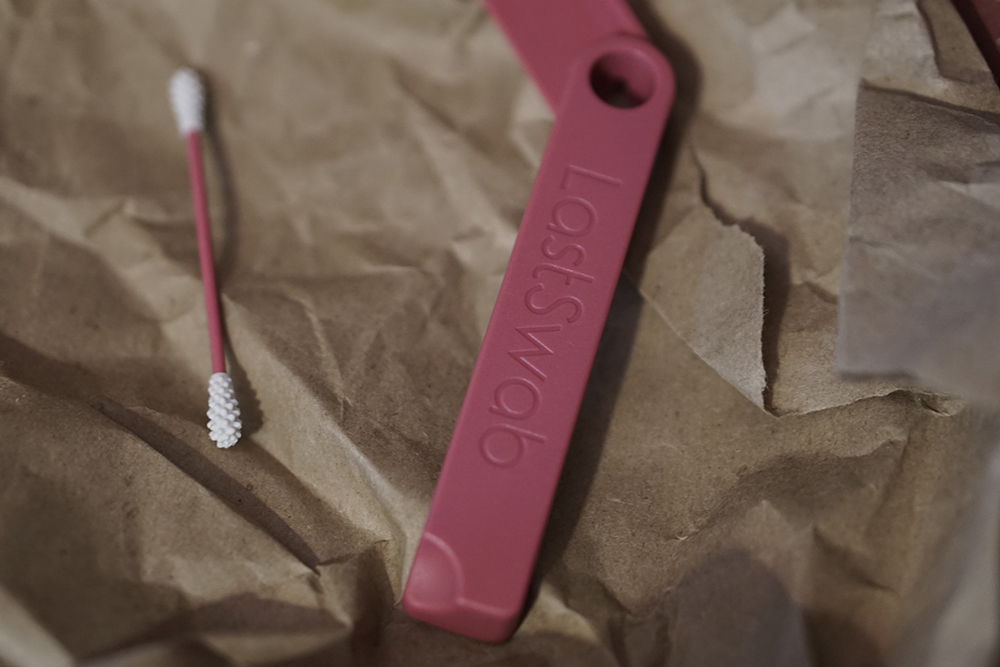
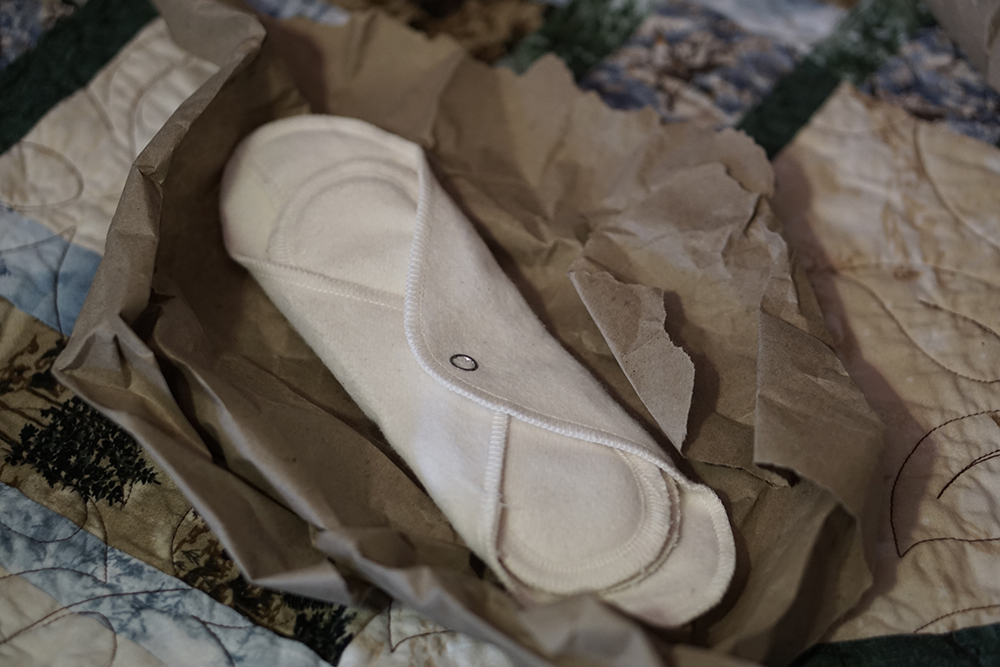
These places are something I am going to look into, Thanks for this interesting blog.
You’re most welcome Aunt Rose, thank you for reading! And of course, if you come across any other places, please do let us know!